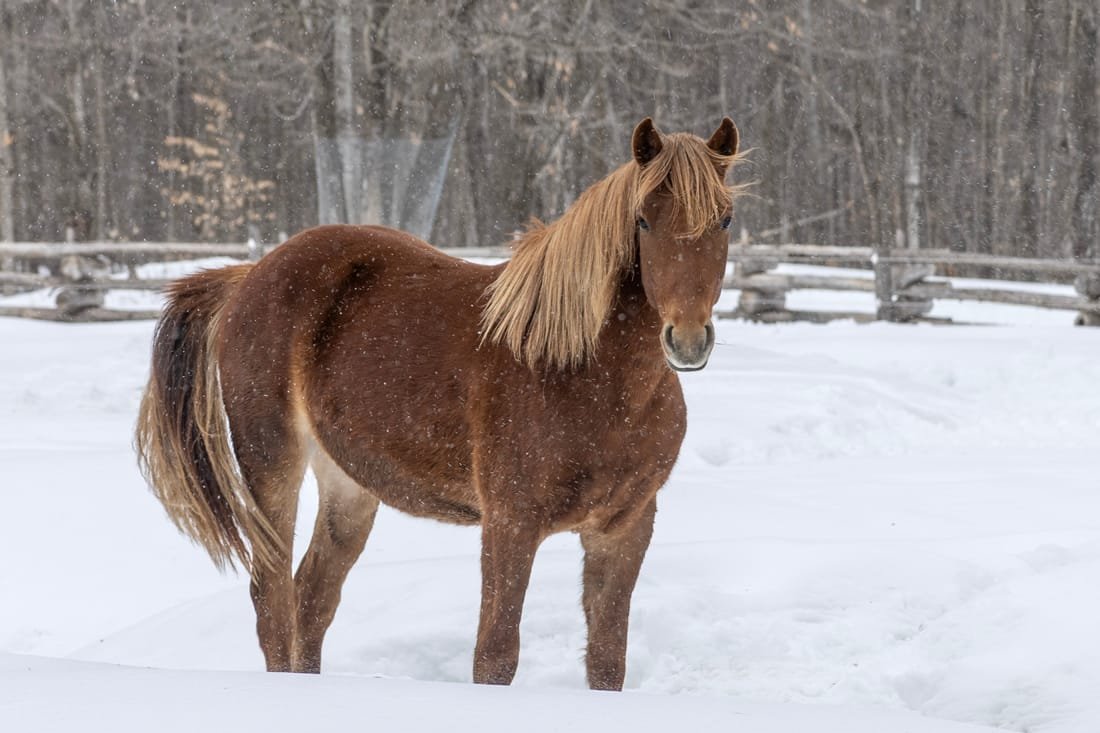Horse has played a significant role in Canada’s cultural and agricultural history
The Canadian Horse is a testament to the enduring bond between humans and horses. With its rich history, versatile nature, and cultural significance, this breed deserves recognition and appreciation. By supporting conservation efforts and learning more about the Canadian Horse, you contribute to the preservation of a vital piece of Canadian heritage.
History and Origins
The Canadian Horse is one of North America’s oldest horse breeds, with roots tracing back to the early 1600s. French settlers brought horses to Canada, including the now-extinct Norman and Breton horses. These horses were bred with local stock, leading to the development of the Canadian Horse. By the late 18th century, the breed had established itself as an essential part of Canadian life, contributing to agriculture and transportation.
Feature details
| Feature | Details |
|---|---|
| Origin | Developed in Canada in the early 1600s from French settlers’ horses and local stock. |
| Size | Medium-sized, typically 15 to 16 hands high (60 to 64 inches at the shoulder). |
| Build | Solid, muscular build; robust and durable. |
| Coat Colors | Commonly black, but can also be bay, chestnut, or gray. |
| Coat Characteristics | Dense and weather-resistant, ideal for harsh climates. |
| Temperament | Calm, gentle, and intelligent; known for forming strong bonds with handlers. |
| Historical Uses | Agriculture (plowing, hauling), transportation (carriages, sleighs). |
| Modern Uses | Equestrian sports (dressage, show jumping, driving), recreational riding. |
| Conservation Status | Subject to conservation efforts by organizations like the Canadian Horse Breeders Association. |
| Significance | Represents resilience and adaptability; a symbol of Canadian heritage and cultural pride. |
| Getting Involved | Visit breeders, support conservation organizations, and educate others about the breed. |
Characteristics of the Canadian Horse
Canadian Horses are renowned for their robustness and versatility. Here are some of their key characteristics:
- Size and Build: Canadian Horses are medium-sized, standing between 15 to 16 hands high. They have a solid, muscular build that allows them to excel in various tasks, from farming to competitive sports.
- Coat and Color: They are commonly seen in black, but can also be bay, chestnut, or gray. Their coats are dense and weather-resistant, which helps them thrive in Canada’s harsh climates.
- Temperament: Known for their calm and gentle demeanor, Canadian Horses are easy to work with and form strong bonds with their handlers. Their intelligence and trainability make them ideal for many disciplines.

Roles and Uses
The Canadian Horse’s versatility is one of its most notable traits. Historically, these horses were used for: YouTube
- Agriculture: They were essential for plowing fields, hauling loads, and performing other farm tasks. Their strength and stamina made them invaluable to early Canadian farmers.
- Transportation: In the pre-industrial era, Canadian Horses were used for pulling carriages and sleighs, contributing significantly to transportation and trade.
- Competitive Sports: Today, Canadian Horses compete in various equestrian disciplines, including dressage, show jumping, and driving. Their agility and grace make them competitive in these arenas.
Why the Canadian Horse Matters
The Canadian Horse represents more than just a breed; it embodies the spirit of resilience and adaptability. Its historical significance and continued presence in Canadian culture make it a cherished symbol of the country’s heritage.
How to Get Involved
If you’re interested in learning more about the Canadian Horse or supporting its conservation, consider:
- Visiting Breeders: Explore local farms and breeding programs to see these remarkable horses up close.
- Supporting Organizations: Contribute to or volunteer with organizations dedicated to preserving and promoting the Canadian Horse.
- Education: Educate yourself and others about the breed’s history and importance. Awareness helps ensure the Canadian Horse continues to thrive for generations to come.




